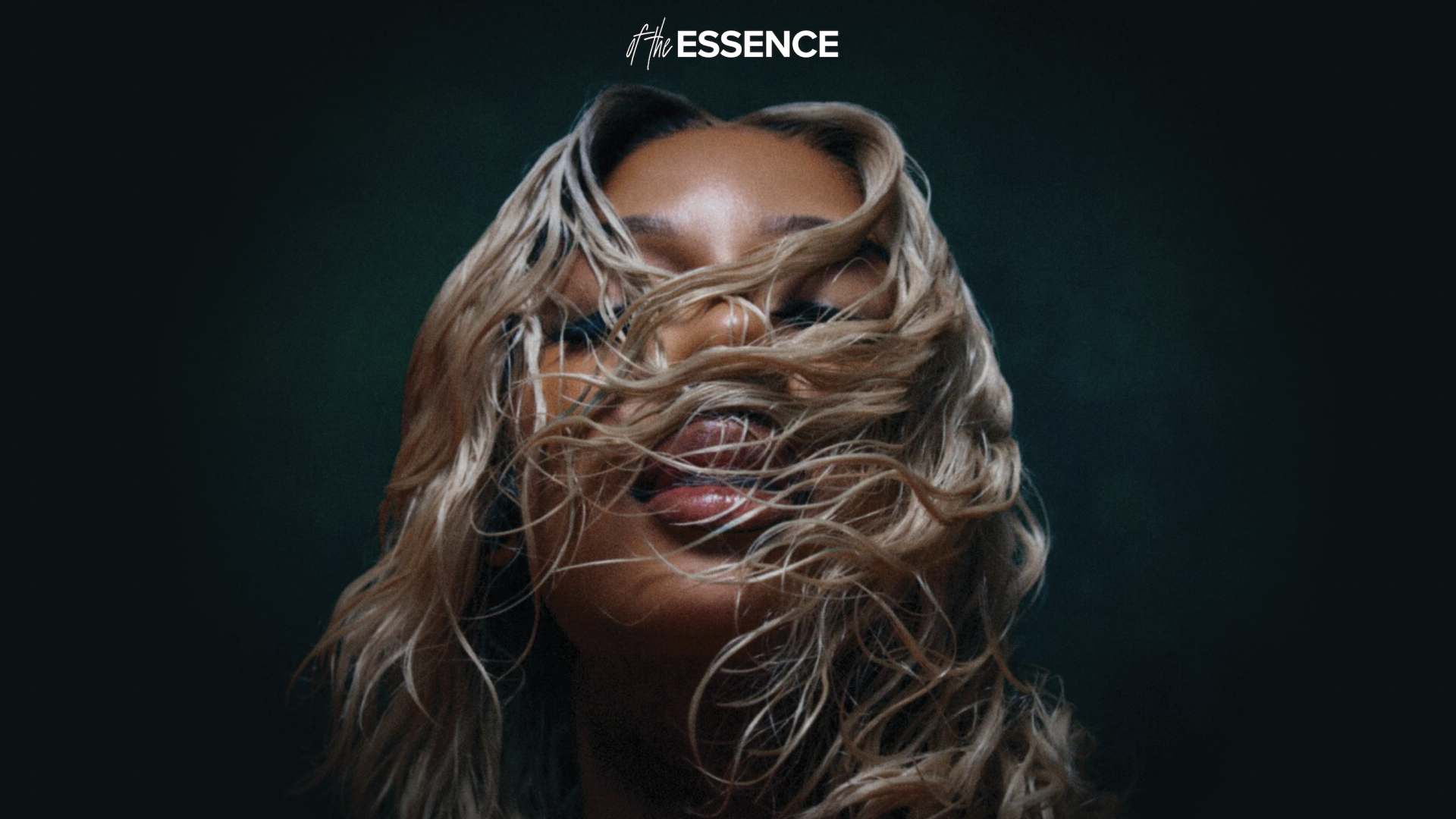Victoria Monet Steps Into the Spotlight
Even in labor, Victoria Monét was working. She was promoting the release of her song “F.U.C.K.”—and simultaneously planning her boyfriend’s surprise party. “I’m hooked up to all these things. I’m having contractions, but also trying to text my team,” she recalls. The reason multitasking comes so naturally is that it doesn’t feel like work to her at all. She grew up in Sacramento, California, and moved to Los Angeles in her early teens to be in a girl group called Purple Reign. She was songwriting in her room, stringing together the perfect words and melodies to convey all she felt at that tender age. She grew up in church and sang in the choir, but it was apparent that she was meant to perform even in her youth.
“If you asked me to work, I don’t like it,” she says. “I made a promise to myself when I moved to L.A. that no matter how broke I was, I wouldn’t go get a job that I hated, at an office or anything that I felt like I didn’t have a passion for. I went through it, being that stubborn Taurus—or determined, if you look at it a certain way, not to do anything less than what I came here for. Not to give up. Not to move home and take the easy way. So, because I don’t view what I’m doing as work, I think that’s why I’m so dedicated to it.”
This outlook is helping her raise her daughter, Hazel, with the notion of getting to do a task rather than having to do it. “I think that’s also part of what we’re here to do…live on a frequency that maintains our own happiness,” she reflects. And so she’s taking the mundanities of the everyday and making life a little more fun for her toddler—who, in her terrible twos, has been efficient in her use of the word “no.”
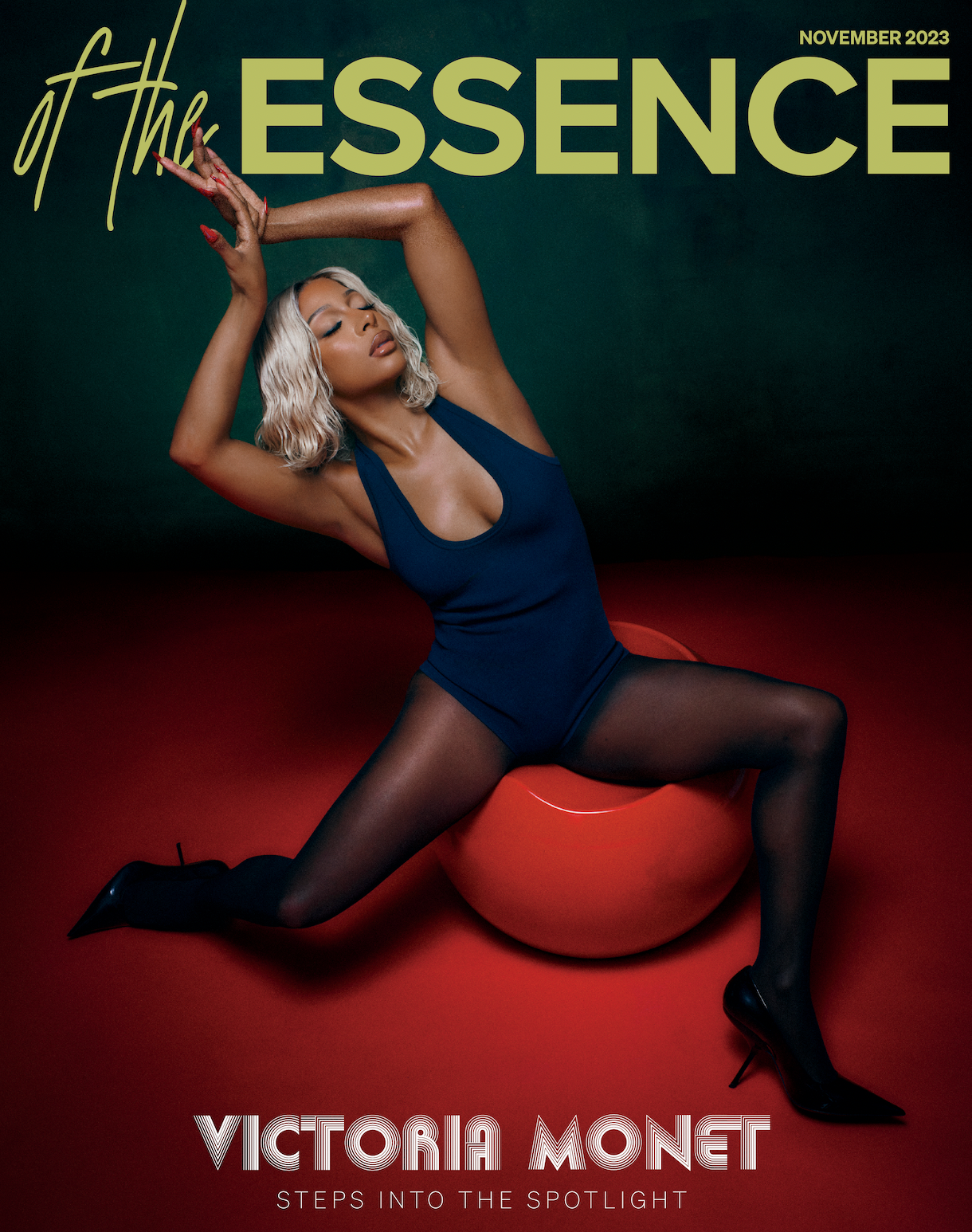
Monét’s “work” ethic continues to be the driving force in this story. While she’s on set, getting her hair and makeup done for the shoot, we talk more about her passage from songwriting for other stars to, finally, becoming the star she planned to be all along. She flashes the brightest smile when mentioning her journeys in both music and motherhood.
The first installment of her original trilogy idea, her EP Jaguar, was released in 2020—but it didn’t get the momentum it deserved with a tour, as COVID-19 restrictions set her back a bit. The title track, “Jaguar,” has punchy instrumentals and a euphoric melody. And with songs like “Ass Like That,” the EP kept her fans afloat when they couldn’t support her in person.
Jaguar II, released August 25, has strong instrumentals as well—with dulcet tones and empowering lyrics in songs like “On My Mama” in its sonic landscape. The lyrics “I look fly, I look good,” from Chalie Boy’s 2009 bop “I Look Good,” resurfaced for a new generation of listeners. Monét wrote the hit single from her latest album just eight weeks after her daughter was born; much like Hazel, the song was fate. “That song popped into my head over those chords,” she says. “I couldn’t tell you why, but it happened—and thank God it did, because I felt like it was a message that I needed to hear at the time. I didn’t feel like I looked good. So it was just kind of a message that I needed to hear myself, and I’m glad that other people are receiving it now.” The feel-good track’s video took the Internet by storm, quickly going viral. It featured Monét’s daughter and mother, creating a powerful visual of the three generations. Her choreographer, Sean Bankhead, drew inspiration from Black pop culture and coached them in the art of movement.
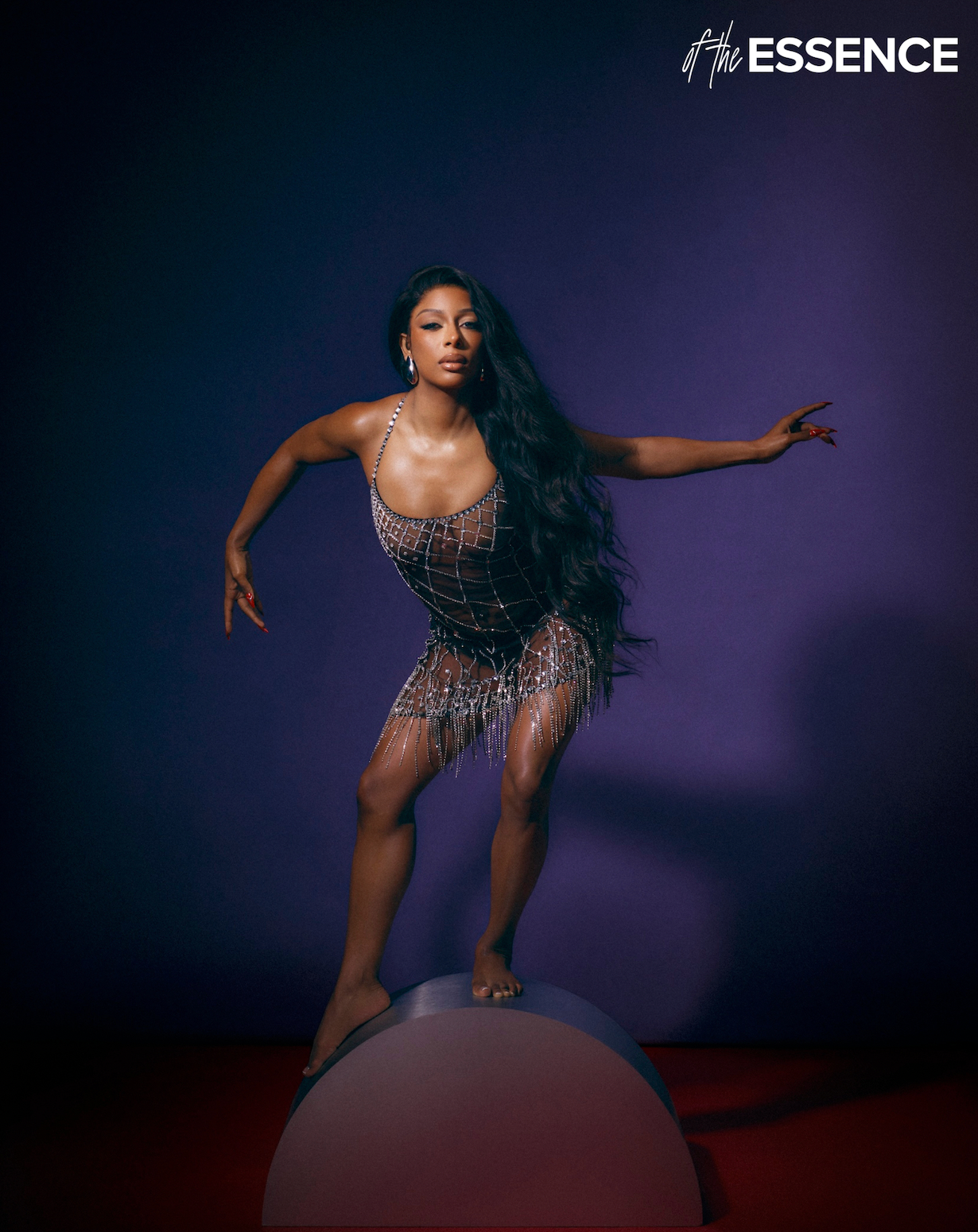
Monét went to a performing arts school for dance and quickly gravitated toward hip-hop—which prepared her for moments just like that video. Tour dates were announced through mid-November and sold out immediately. Her fans had been waiting, and no one wanted to miss it; Monét had been an opening act or early-slot performer for far too long. After a decade of helping others like Ariana Grande reach stardom, the multitalented artist is stepping into the spotlight. “The more you do something, the better you get,” she says. “So, I’m still trying to get better. I want to be better than I was yesterday.”
She got her first big break when her lyrics found their way into Diddy’s song “I Hate That You Love Me,” featuring Dirty Money. From there she wrote for other stars, like Fifth Harmony and Coco Jones, Jhené Aiko and, of course, Grande as well. “There were lots of opportunities to collaborate and write for other artists,” she says. “I knew I always wanted to be on a stage. That’s why I moved to L.A. So it’s really good to be in this part of my life, because I’m exactly where I wanted to be.”
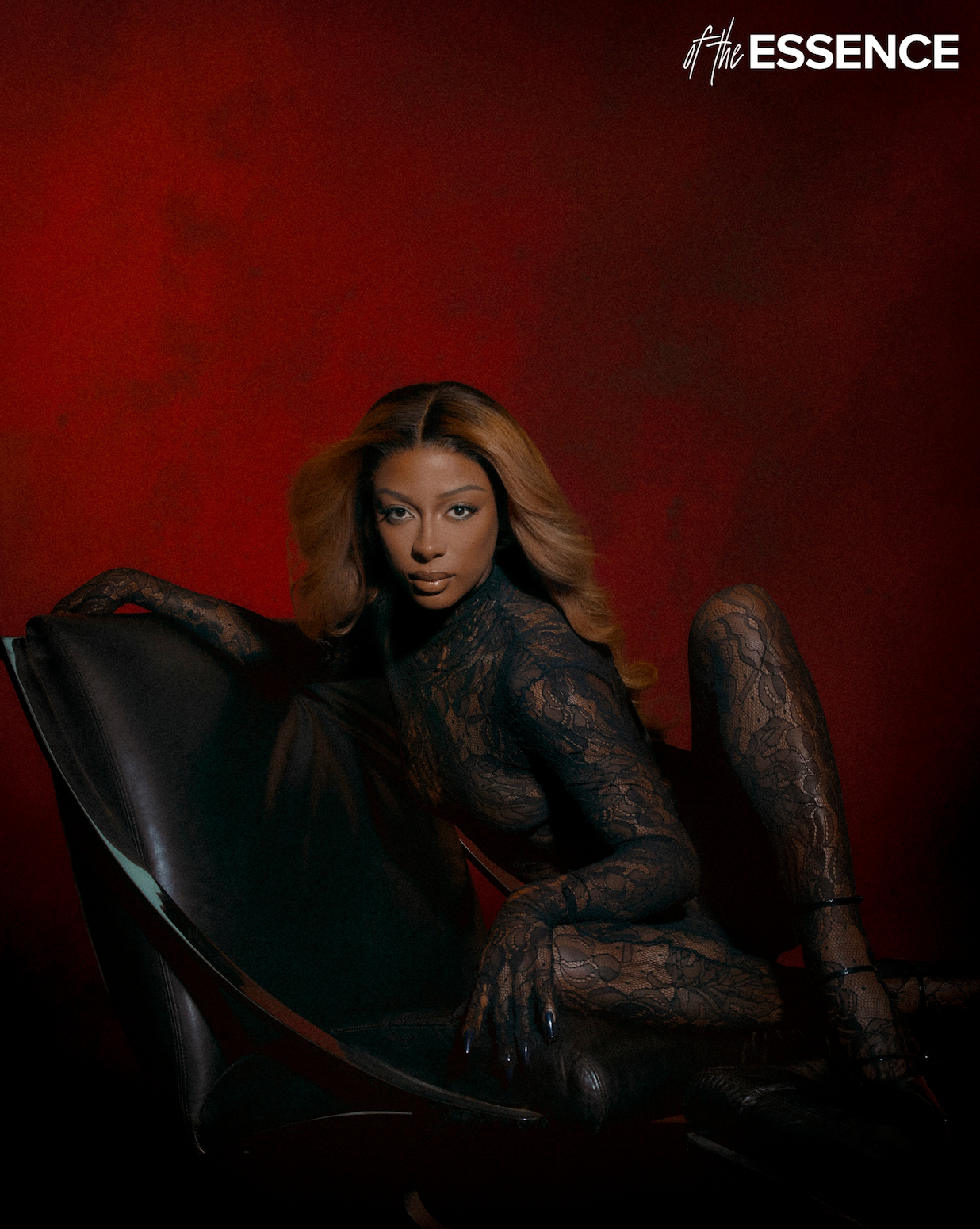
Monét’s songwriting process is deeply rooted in introspection and self-discovery. She draws inspiration from her personal experiences and the world around her. Her ability to weave these elements into her music is what makes her compositions so relatable and, at times, emotionally charged. While she wrote songs for others, they’re still very much a part of her. But she had a knack for blending her perspective with the other artists’ to create a fully realized composition.
When she first moved to L.A., the singer learned the importance of using her voice from LaShawn Daniels, the songwriter for her teen-girl group Purple Reign. Daniels had also written and vocally produced songs like Destiny’s Child’s “Say My Name” and Brandy’s Full Moon album, both of which are favorites of Monét’s to this day. “My ears perked up anytime he said anything,” she recalls. “Anytime he produced me, I was just seeing how he had me stack vocals, or how he had me do little runs or breaths that you couldn’t hear, but he had me do them anyway—just learning technique. I think that’s where I learned a lot of the foundation of my own style. Then I took it from there, and just kind of tried to find my own way and incorporate the other things that I like to make my own.”
It doesn’t feel like it, but Jaguar II was four years in the making; and Monét’s meticulous attention to craft paid off. “I felt like I had to have a lot of patience, and then it also gave me a lot of room to be judgmental of my music and go back and change this and add this and tweak this, which I feel like was really important for the final product to be what it is,” she says. “Had I put it out when I thought I wanted to put it out, it would have been a different project. So I just need to remember, when I’m making the next one, how this feels—and how I need to remain patient again, to do the next thing.”
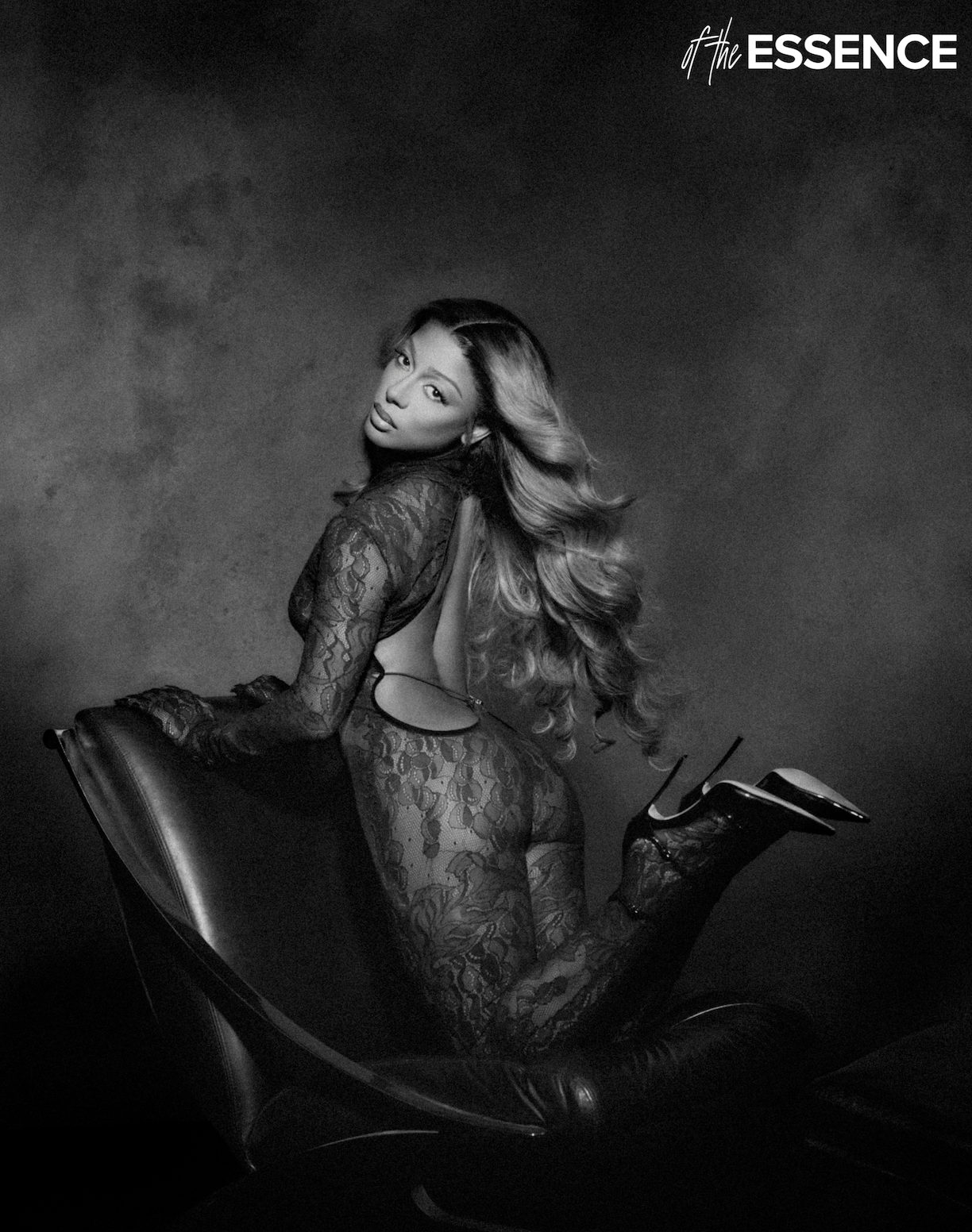
She describes herself as a “production snob” and says that having worked with producer D’Mile for the majority of her latest project was special to her. You can hear in this new album that she likes to work with producers who are “live, authentic musicians, who know music and play real instruments.” While there’s nothing like the hustle of making beats on your computer, something about the way vocals stacked over a string section, a guitar riff or a full band intro just feels right to Monét—and to her listeners. Her first track, “Smoke,” featuring Lucky Daye, is the perfect example.
The future for Monét looks even brighter than the present, as she still has big dreams to accomplish. She’s looking forward to the Grammys next year—hoping for a few nominations and some wins, too. Other projects up her sleeve post-tour include “Victoria”-related things, like creating a natural skincare and beauty line; designing hair care products; and writing for TV and film—maybe even doing some scoring for these projects.
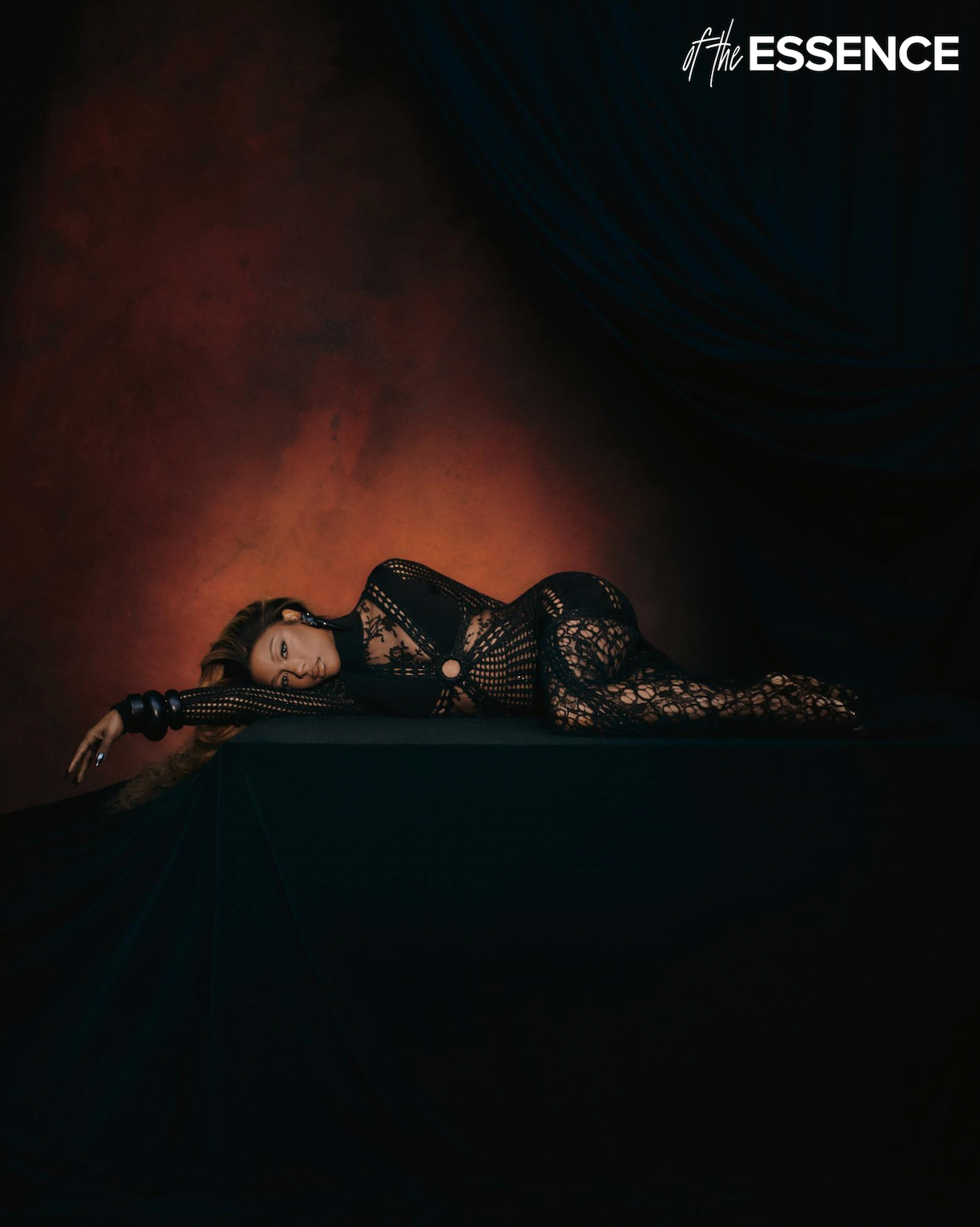
Monét would also love to put out more visuals for her music—a visual album, to be exact. She cites Beyoncé’s –Lemonade and Ye’s My Beautiful Dark Twisted Fantasy as inspiration. She’s a big believer in manifestation and has always leaned into being a bit “delusional.” This cocktail of beliefs and life practices has gotten her on a sold-out tour that she’s hoping will reprise the way she felt when watching Beyoncé on her Renaissance tour—pure euphoria like nothing else mattered.
Styling by Timothy Luke Garcia
Hair by Joel James at GKG Management LLC
Makeup by Alexander Echeverri using REM Beauty Nails by Aja Walton using Essie at See Management Tailor: Maria Del Greco at Lars Nord Studio
Set Design by Bette Adams at MHS Artists
Set Design Assistant: Cullen O’Grady and Emmet Padgett Photo Assistant: Shen Cohen-Williams and John Gomez Digitech: Charles Lu
Movement Director: Nana Yaa Asare-Boadu Fashion Assistant: Alec Malin
Retouching by: Kiran Owal Visual Direction Michael Quinn
Production by The Morrison Group

